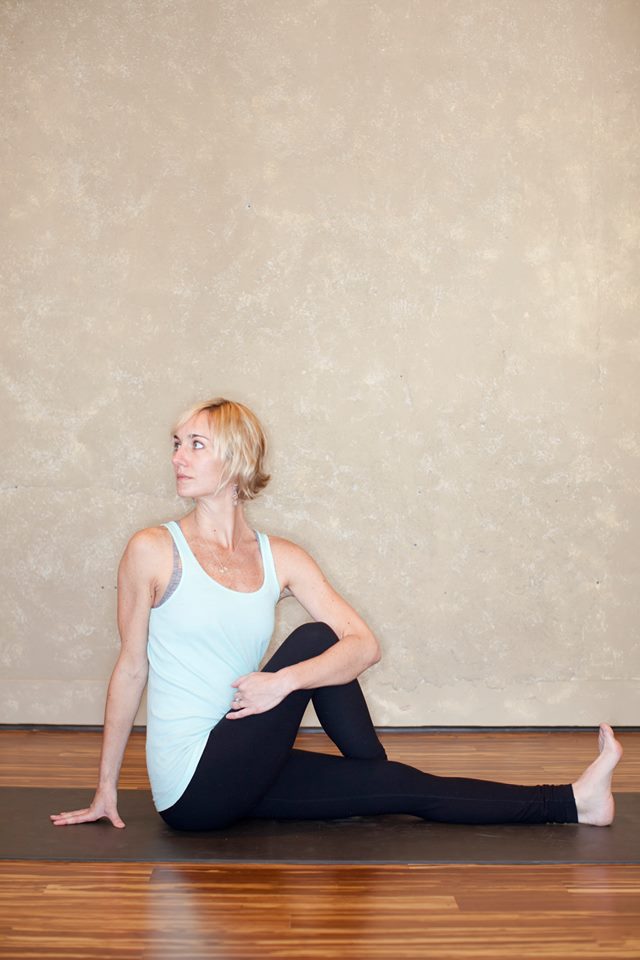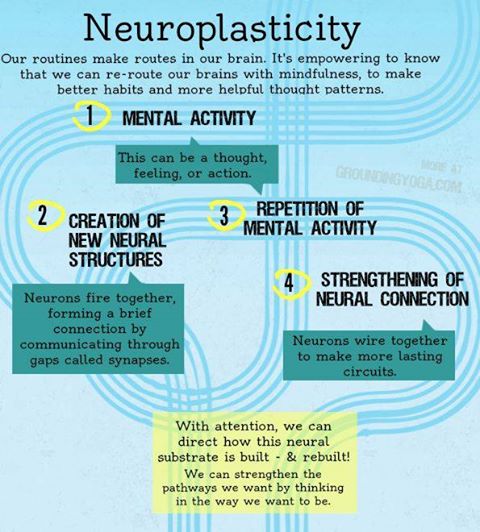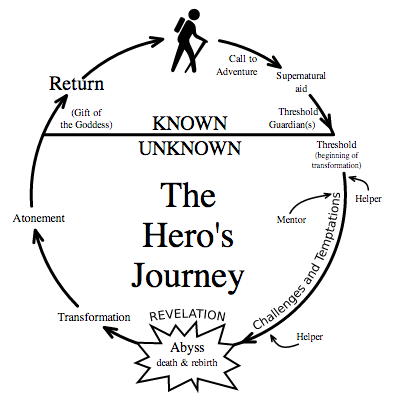Tension is who you think you should be. Relaxation is who you are. – Chinese Proverb
Embrace the Fall (ETF) is the essential roadmap for turning our biggest challenges into life’s greatest gifts. When life changes in a big way, it can strip us down to an otherwise undiscovered, uncomfortable level of vulnerability. When submerged in it, trauma feels like a sign glued to our forehead that binds us to the fear that surfaces. However, at its best, trauma offers a surprisingly fresh perspective that propels us to an all new level of seeing life through a clearer lens to create a life we love.
Responses to stress range. Circumstances vary. In any traumatic situation, we can consider the event we are experiencing, our unique personality, and perhaps even our ability to be (as researcher Brené Brown puts it) bouncy. Yes, some people bounce back after suffering faster than others. Yet if we understand what gives us that element of resilience, we can adopt practices that produce brighter outcomes.

As a two-time colon cancer survivor and someone who knows the rug-pulled-from-under-you feeling well, the design of this program is one chock-full of insightful exercises. We get to the heart of our personal reality, drop the story, and choose thankfulness. We spice things up by getting creative and finding our fun. We gain deeper self-awareness and play with tension relievers to embrace what is within even while doing without. We will breathe and move with intention, reflect, write, release, and laugh.
The ETF program is a combination of mindfulness practices all proven to alter the patterns of the brain that allow us to see life differently, even during the darkest moments of our lives. By using this toolbox consistently we change the perception of our experience. Consequently, we change our entire existence. This is called neuroplasticity, which is the same phenomenon that happens when stroke patients recapture brain function and regain body control. Once we learn to feel more gratitude and compassion during the perceived “fall”, we land on the other side stronger than we ever imagined possible.
Joseph Campbell refers to the evolution of a warrior as the Hero’s Journey. When we are in the midst of struggle, there is a point around which we can pivot and redirect our trajectory. With the willingness to get out of our own way, we clarify our thinking. What we once saw as an obstacle is no longer. This is when connection to something larger happens. The end result is more clarity, better health, and creative ideas that ignite our passions. Consequently our artistic expression moves into full swing.
It’s that simple. We learn the tools. We practice using them. Then our response to change becomes a gratitude reflex. So the next time a traumatic experience knocks on our door, we greet it like the familiar friend that it is.
—Caryn Antos O’Hara, E-RYT and guest blogger
Join Caryn on Monday, March 15, for the Art of Healing workshop, Embrace the Fall: The Heart of Healing, from 5:30 – 7:30pm. Register online now.
Published March 10, 2016



